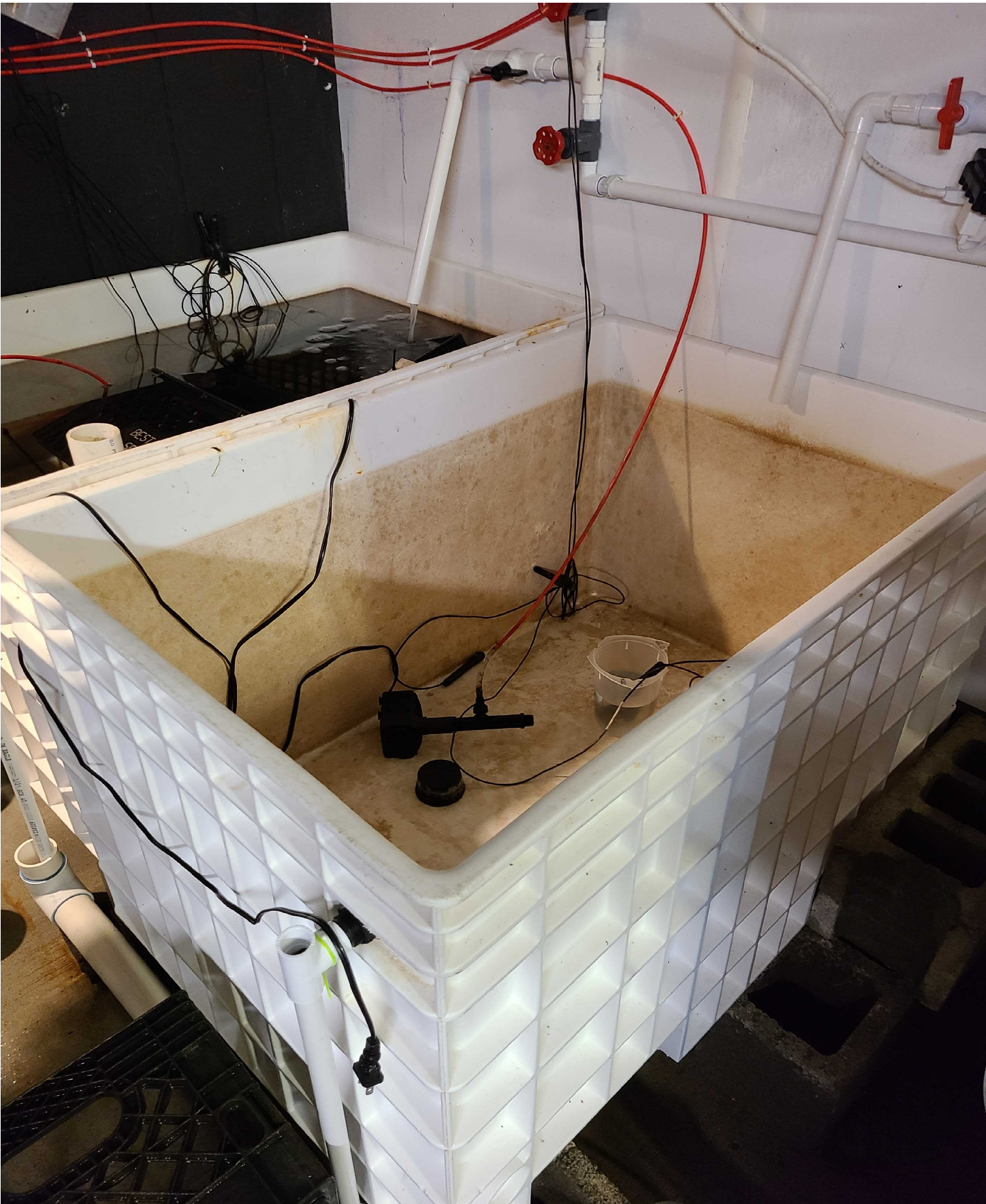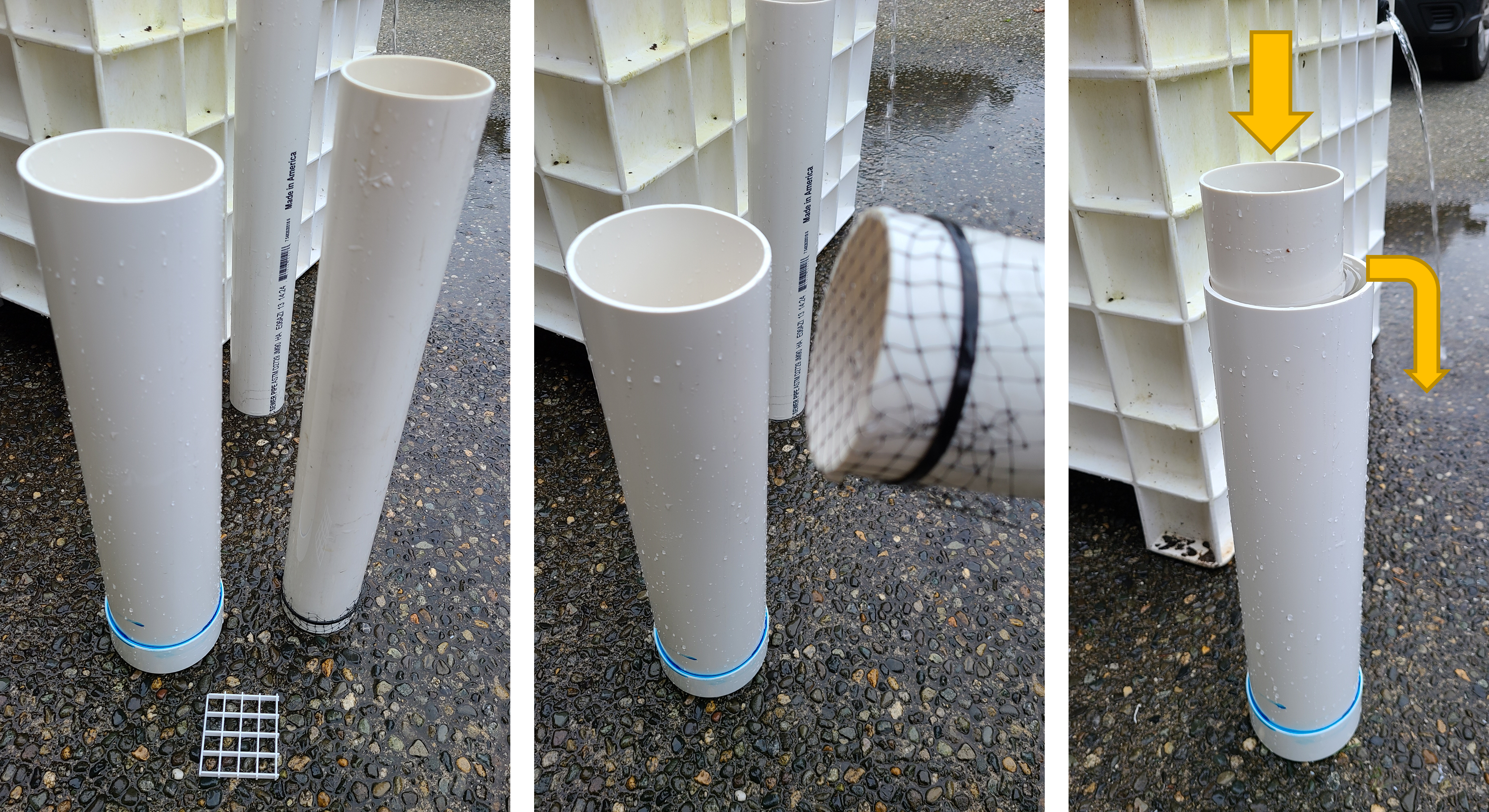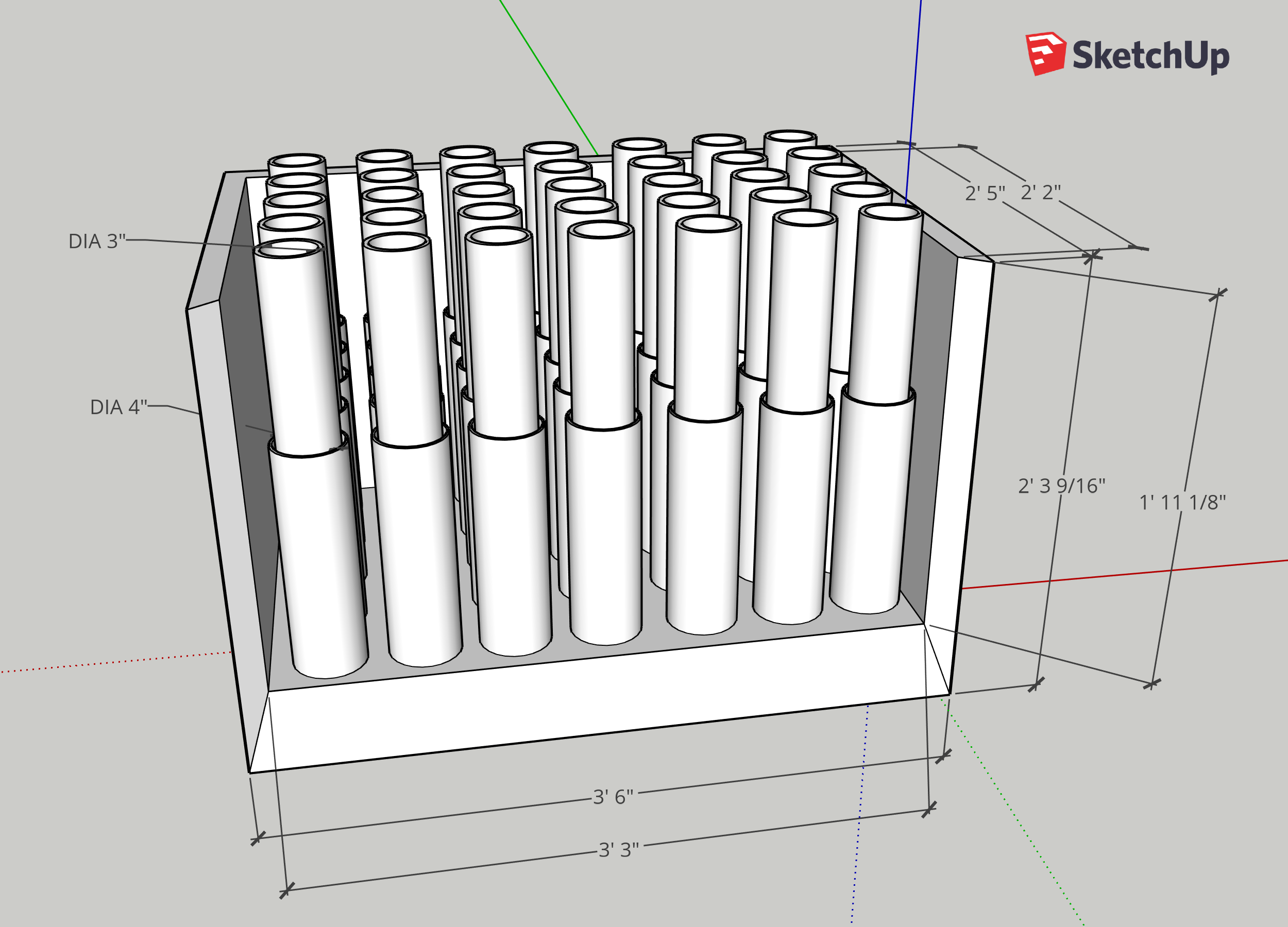- Project name: NOPP-GIGAS-TEMP-3N
- Funding source:National Oceanographic Partnership Program
- Species: Crassostrea gigas
- variable: High temperature stress
Background
We are planning on conducting a mesocosm experiment at the Jamestown Pt. Whitney Shellfish Hatchery and Research Laboratory that compares the genomic response of diploid and triploid pacific oysters to high temperature stress.
The planned parameters of the experiment are as follows:
- triploid/diploid pacific oysters (juvenile ~0.5 in) from 10 distinct families
- temperature stress up to 40 C
- high temp exposure lasting for 1w if possible
- rapid ramp up to temp (little/no acclimation)
- full access to food (no energetic limitation)
- no ocean acidification or hypoxia exposure
The goal of the experiment is to identify which biological pathways in triploid and diploid oysters respond differently under
At the end of the experiment, tissue from animals will be removed and frozen at -80 C for subsequent sequencing and analysis.
Current Progress
Pt. Whitney has the space and resources for 4 large seawater tanks:
 .
.
Each tank has the following constraints:
- size = (26.5” x 39.5” x 22”)
- maximum water flow rate = 200 LPM
- They are close together, making navigating around them difficult
To prevent the exchange of genetic material or effluent, families will need to adequately separated from one another during the experiment and have access to flowing seawater. To accomplish this, we have decided to house oysters in “silos” made from PVC pipe.

Silos have a 3” ID and sit withon a slighly shorter 4” ID pipe that is capped on the end. Water will flow through a manifold (likely smaller ID pipe with an array of drippers) into the top of each silo, the added weight of which will push water down through the bottom of the of the 3” and up and over the 4” pipe. A spacer will be added into the bottom of the 4” pipe to allow for adequate room for water flow. Oysters will be secured within the 3” PVC pipe with a netting affixed to the bottom.
This design results in:
- 35 replicates per tank.
- 140 total replicates.
- Effluent flows over the side of each 4” silo without coming into contact with oysters in other tanks.

This would allow for:
- a target flow rate of 4 LPH per silo or 140 LPH (2.3 LPM) for all the silos in a tank. This is <200 max.
- silos sit in a waterbath that slow their temperature loss.